What did you build today (Pictures) ?
-
Well, node-red is powerful and you can do things without creating any new node-red nodes, but it makes life a lot easier (for me) when you can just pick an item from the palette, and hey-presto you have decoded the (serial/mqtt) mysensors message. Or pick another one, and you have a controller added, that can respond to ID requests.
Btw. the the github repository that you link to, was a bit outdated.. :) A lot of things have happened since I pushed last time.. (just pushed current node-red flow for reference)
-
So I finally finished my motion sensor project and it works :)
It will be published on OpenHardware.io soon :)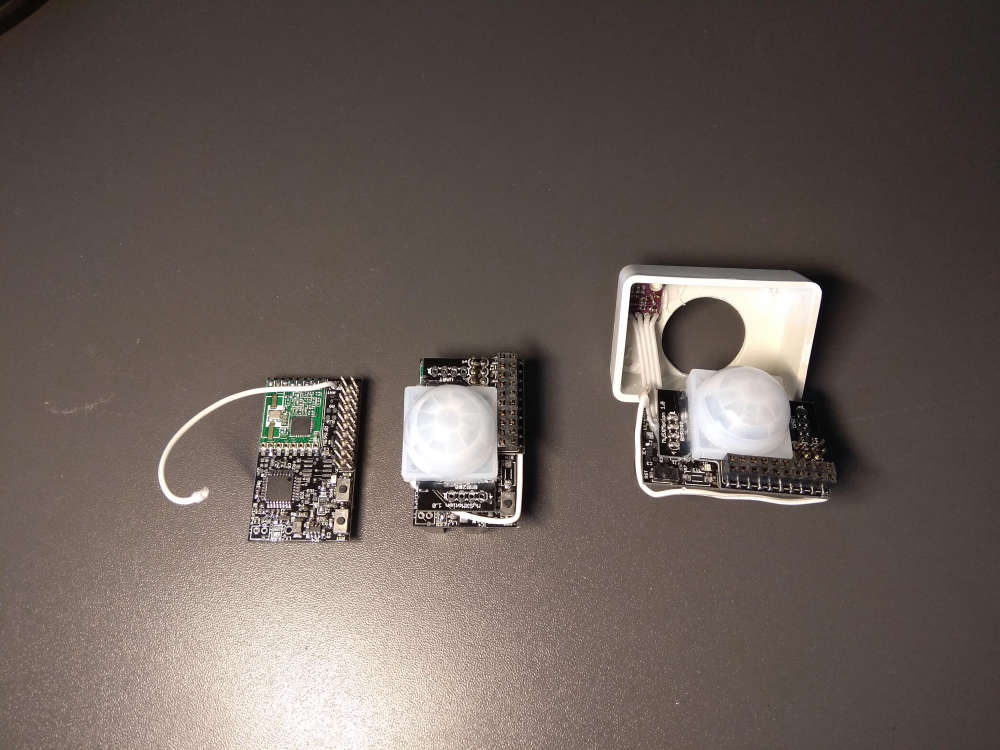
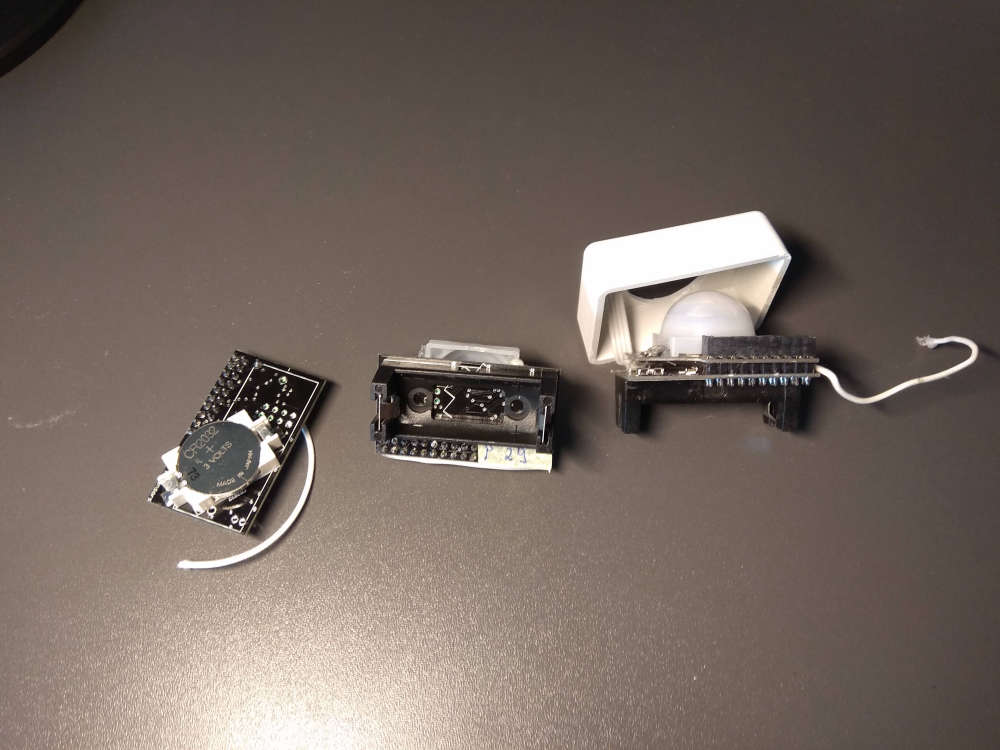

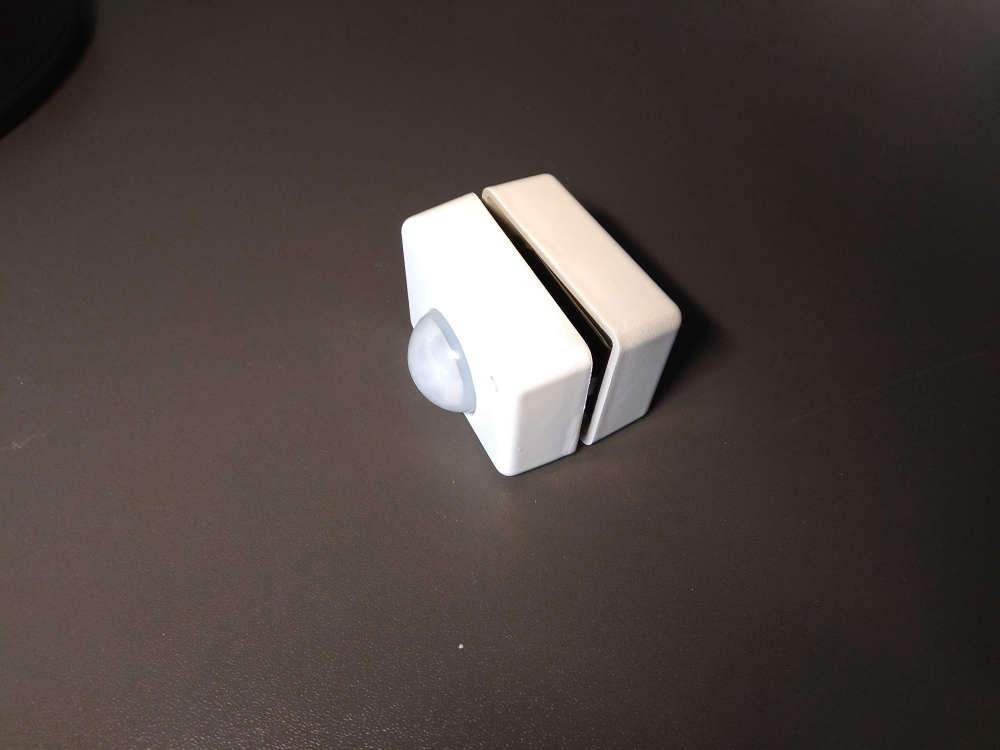

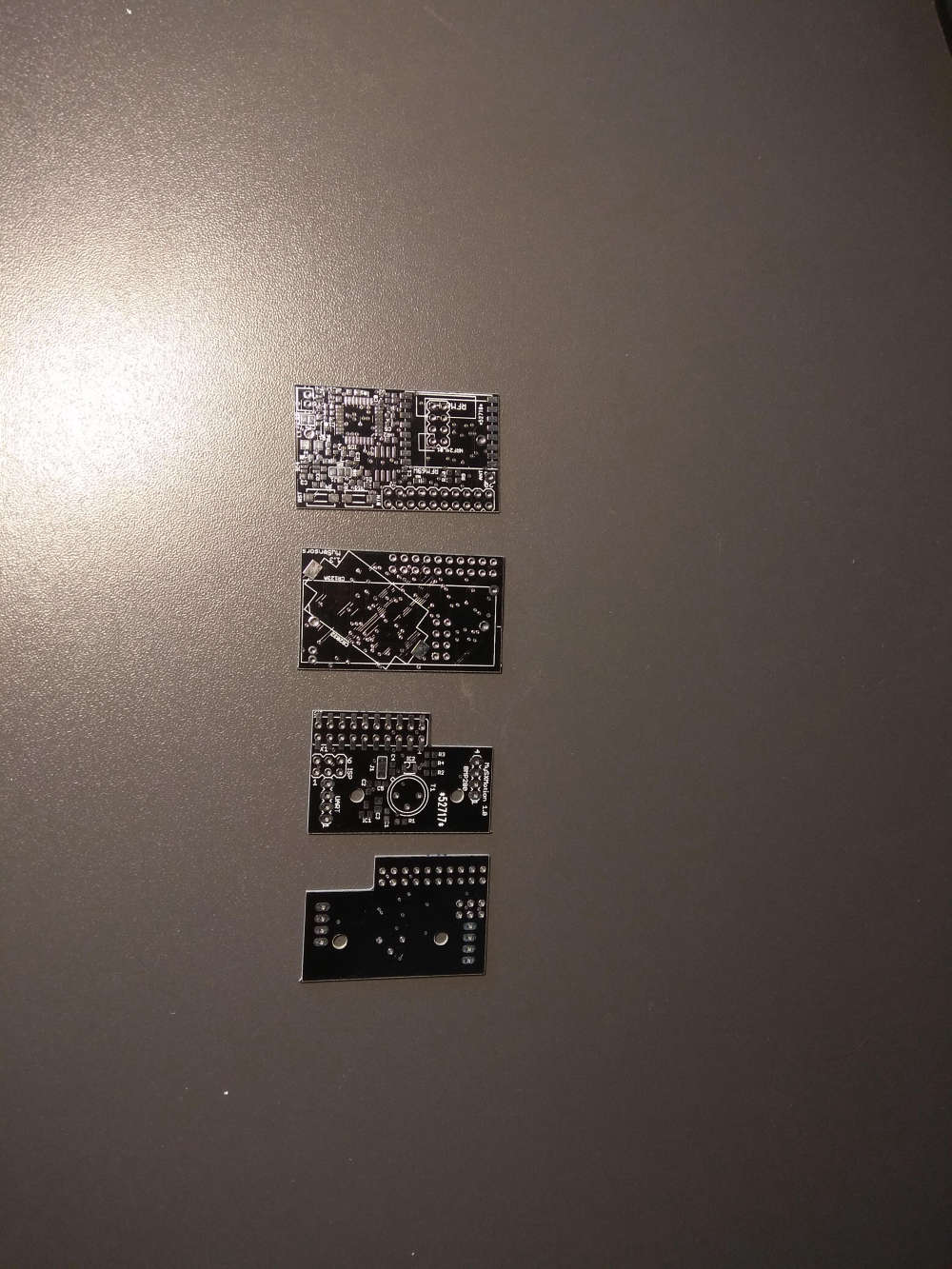
-
And also finished my toolkit library for MySensors for faster code developement (https://github.com/mczerski/MySensorsToolkit). Example projects (https://github.com/mczerski/MyMultiSensor).
-
So I finally finished my motion sensor project and it works :)
It will be published on OpenHardware.io soon :)





-
@Yveaux I get it from the polish suplier (https://hurtowniaimport.pl/291-bb1-uchwyt-magnetyczny-samochodowy-do-telefonu-gps.html) but if you google for "magnetic phone holder 360" You wil get similar mounts.
-
-
-
Not at all mysensors related, but I have been busy building a bartop mame cabinet the last week or so.. Still mis a couple of details, but it is in a "playable" state right now.
The setup is using an old 19" lcd monitor that I had in surplus with a RPI-3B on the back, a couple of cheap Chinese arcade controllers, a partly homebuild audio hat for the rpi (adafruit i2s 3W amplifiers), and a switchmode capable of 5V @8A (if I remember right), and 12V @3A. So I have power for the marque lighting as well..
Only game available right now is Bubble Bobble, and the kids loves it (as seen in the video linked to below).

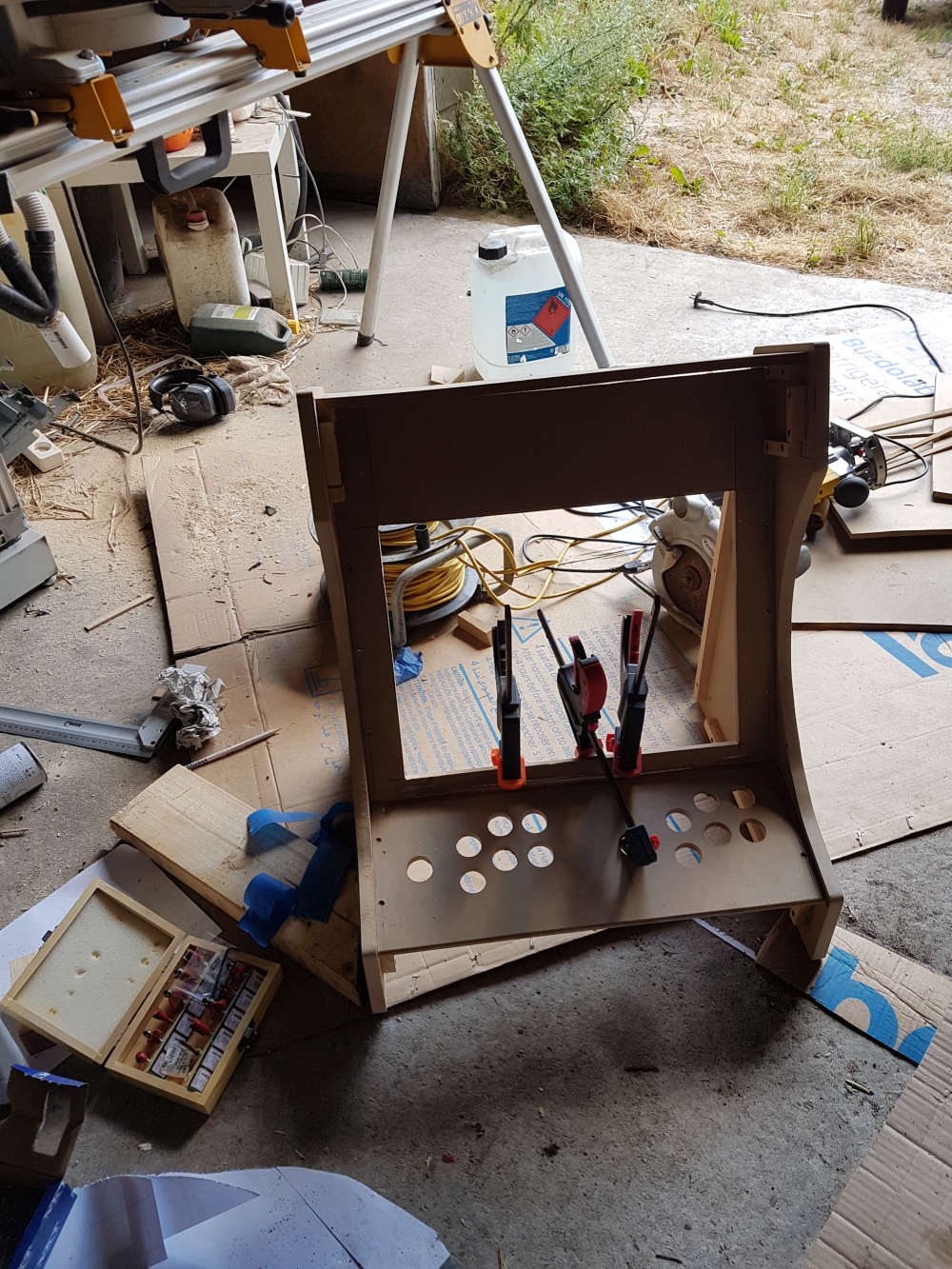


-
For this project box that I'm making (actually printing it as I type this), I found an easy way to add ventilation: use a hex infill and turn off the upper and bottom layers.
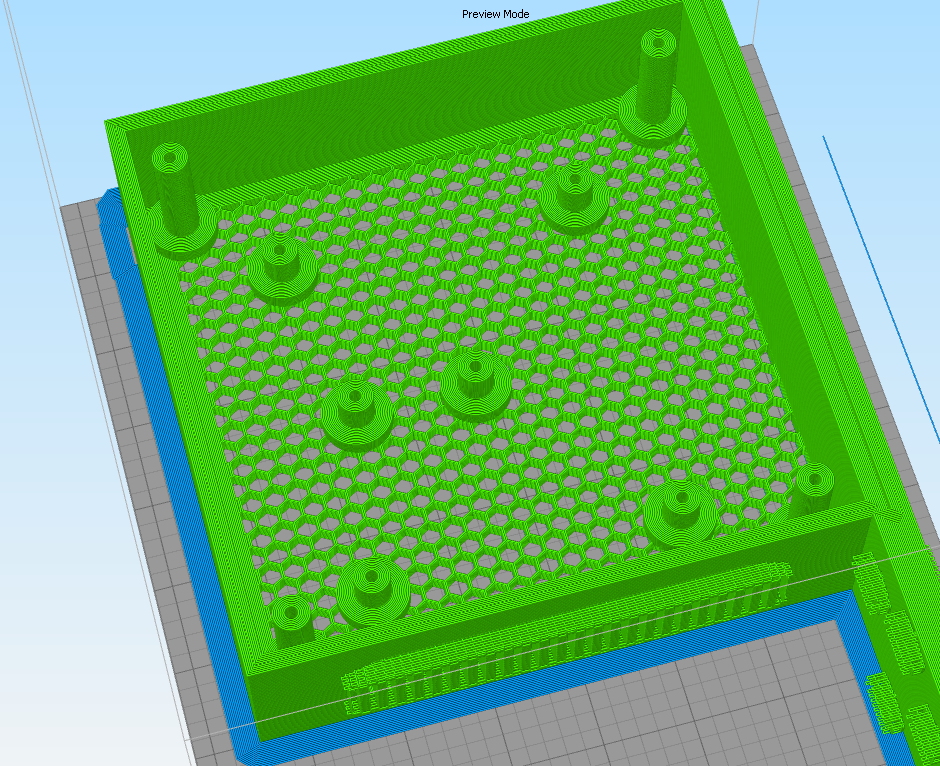
As you can see, it can still have standoffs for screwing down a PCB and for securing a lid. -
Here's the finished unit:
What it does is completely eliminate the audible PWM noise from the fan on the Prusa I3 MK3. Now it can run practically silent. :) -

Today I soldered the Velleman EDU09 oscilloscope kit. The kit is quite cheap (~50 EUR in local store). The specs aren't impressive (max 200kHz and min 100mV/division) but hopefully it can help me learn how to use a scope before I buy a real one.@mfalkvidd Just a tip. You may be better of buying this one:
Much better spec and the price is the same. AND you can save tons of time as it does not require soldering.
-
Not at all mysensors related, but I have been busy building a bartop mame cabinet the last week or so.. Still mis a couple of details, but it is in a "playable" state right now.
The setup is using an old 19" lcd monitor that I had in surplus with a RPI-3B on the back, a couple of cheap Chinese arcade controllers, a partly homebuild audio hat for the rpi (adafruit i2s 3W amplifiers), and a switchmode capable of 5V @8A (if I remember right), and 12V @3A. So I have power for the marque lighting as well..
Only game available right now is Bubble Bobble, and the kids loves it (as seen in the video linked to below).




-
@mfalkvidd Just a tip. You may be better of buying this one:
Much better spec and the price is the same. AND you can save tons of time as it does not require soldering.
-
LED backlight for my CNC machine....
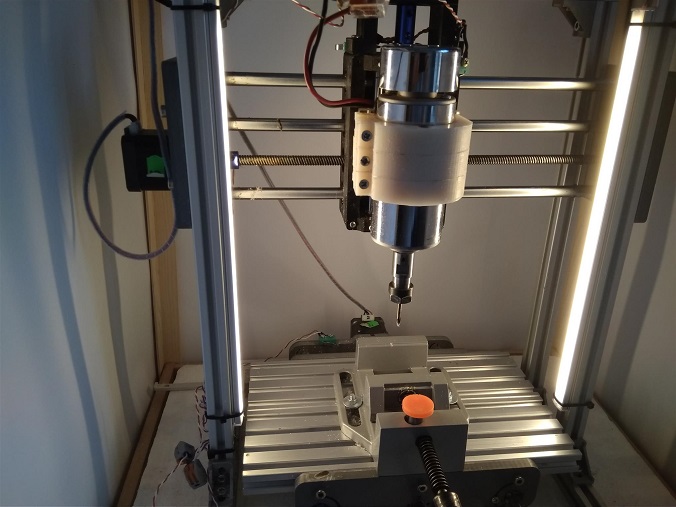
-
Today I've been trying to get a MS5803_05BA sensor working. This is a pressure sensor that is commonly used in dive computers.
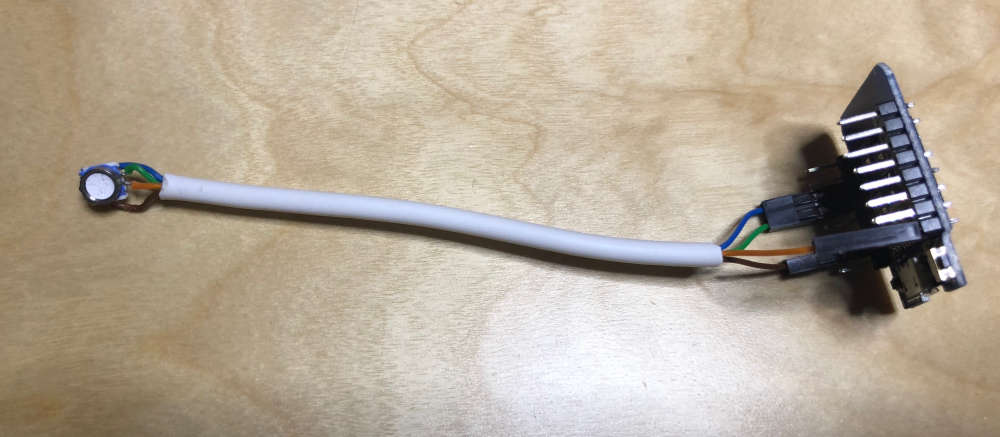
The sensor is tiny and handles 0-5 bar. So far I've not been able to communicate with it though. I use i2c and have tried two libraries, but none of them work (or maybe I killed the sensor when I soldered the cable).
-
At first I had a 25m cable. Turns out i2c isn't designed for that. It is designed for ~1m at 100kHz and ~10m at 10kHz. ESP8266 defaults to 400kHz and can't go lower than 50kHz without modifying the ESP8266 core files.
I got my first use case for the oscilloscope I built.
This was the signal at the start of the cable:
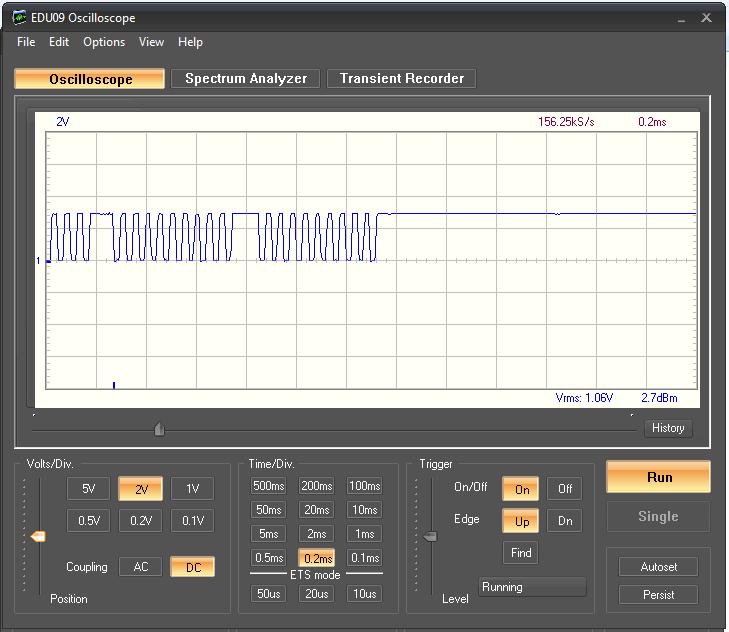
This was the signal at the end of the cable:
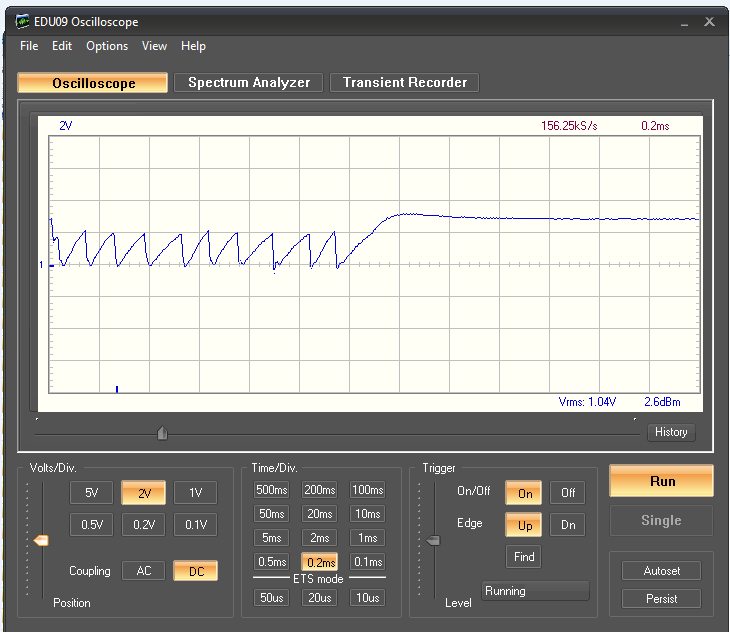
So no surprise that the communication didn't work.
I tried with a 2k pullup:
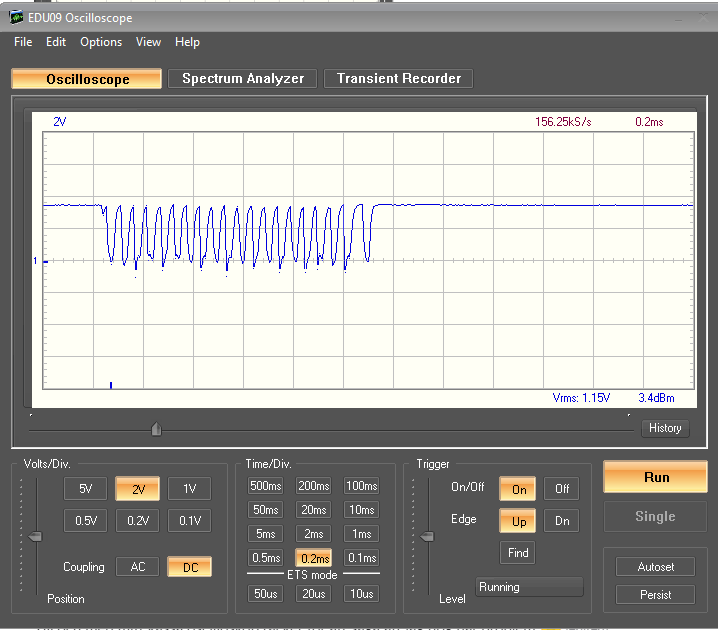
Much better! But still not very good.
I modified the library to use 7.5kHz:
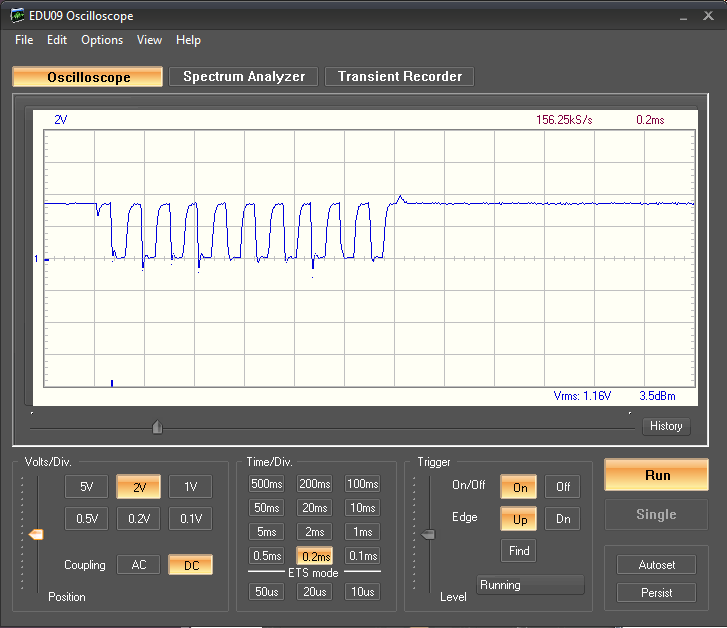
Better again, but still not great. I lowered the speed to 0.75kHz:
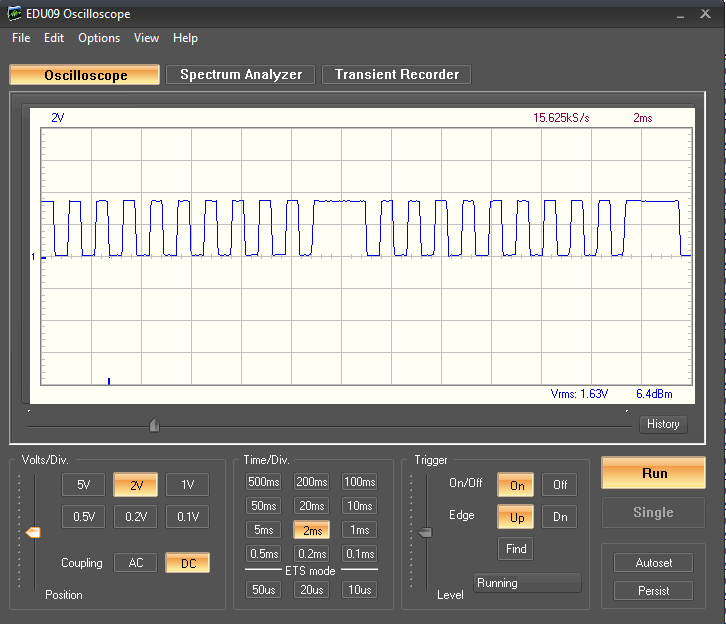
Nice and clean!
But communication still didn't work so I decided to cut the cable (to the 10cm length seen above) and restore all my changes. But communication still doesn't work.
I bought the sensor from a reputable distributor in UK so I don't think I got a faulty sensor. But I don't seem to get any life signs at all from it. I tried an i2c scan sketch and it found nothing.
-
At first I had a 25m cable. Turns out i2c isn't designed for that. It is designed for ~1m at 100kHz and ~10m at 10kHz. ESP8266 defaults to 400kHz and can't go lower than 50kHz without modifying the ESP8266 core files.
I got my first use case for the oscilloscope I built.
This was the signal at the start of the cable:

This was the signal at the end of the cable:

So no surprise that the communication didn't work.
I tried with a 2k pullup:

Much better! But still not very good.
I modified the library to use 7.5kHz:

Better again, but still not great. I lowered the speed to 0.75kHz:

Nice and clean!
But communication still didn't work so I decided to cut the cable (to the 10cm length seen above) and restore all my changes. But communication still doesn't work.
I bought the sensor from a reputable distributor in UK so I don't think I got a faulty sensor. But I don't seem to get any life signs at all from it. I tried an i2c scan sketch and it found nothing.
-
@mfalkvidd shot in the dark ; do you pull the PS pin high to select i2c protocol?
@yveaux yes I do. I took the easy way: soldered the 3.3V wire to pads 5 and 6 at the same time.
And I have tried putting a 104 ceramic capacitor between 3V3 and GND right next to the sensor.
CSB is connected to GND.My next step is either to see if I can get SPI working (instead of i2c), or order a new sensor. But first sleep.

